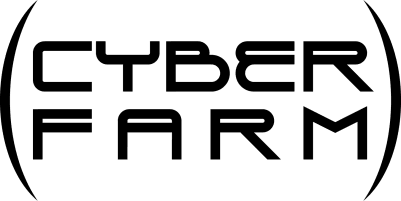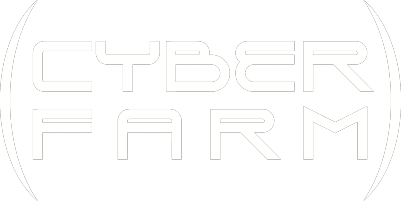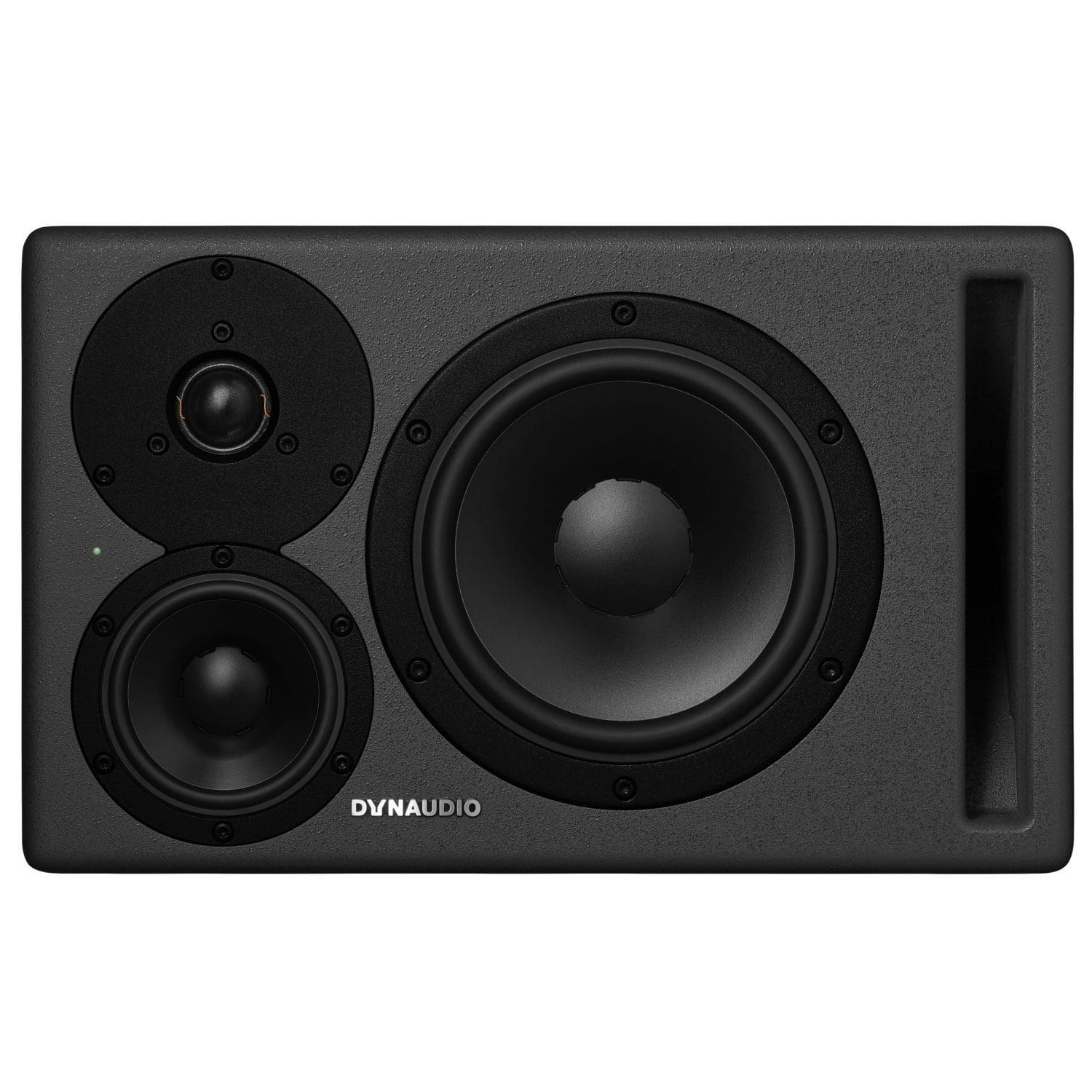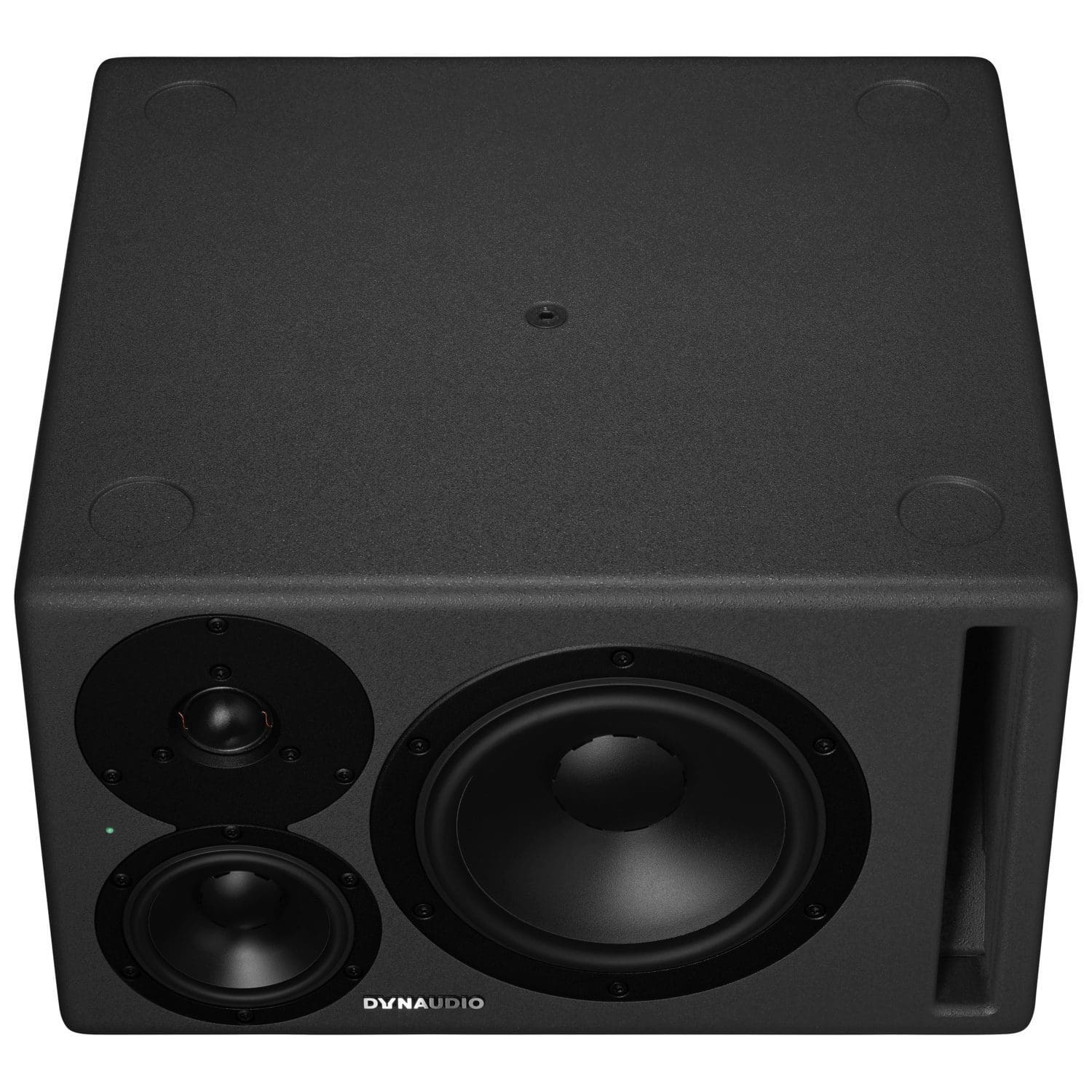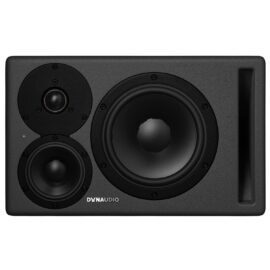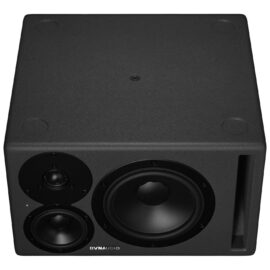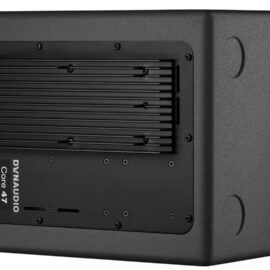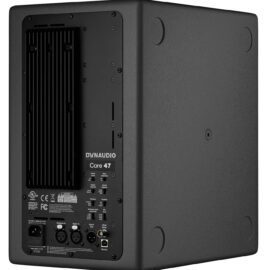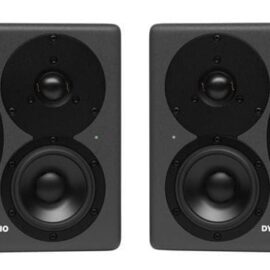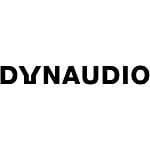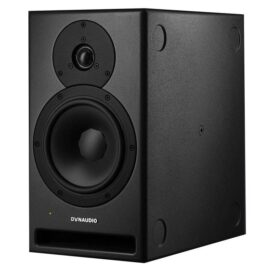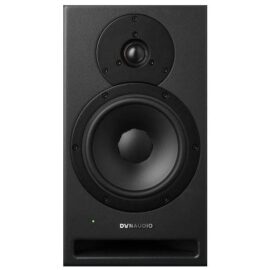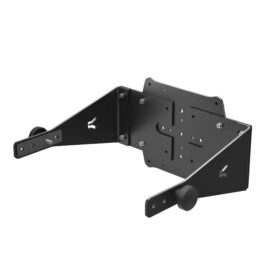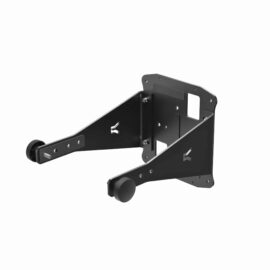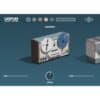Core 47 is a no-compromise three-way professional monitor that delivers the best modern DSP-optimized performance, effortless power, and classic Dynaudio heritage in a compact enclosure designed for every audio professional.
Trust is something that's earned in this industry and Core 47 is ready to earn yours by giving you the most accurate reproduction that the latest technology and more than 40 years of expertise can provide. And when we say 'accurate', we really mean it: all Core monitors are calibrated to within a reference of 0.2dB at our factory in Denmark. You can install 100 and they'll all perform to the same high standard.
Core 47 is the mid-size model of our flagship professional reference monitor series. Dynaudio engineers codenamed the 'Bulldog'. You'll know why when you fire it up.
This compact three-way monitor features an 500W + 500W + 150W of Class-D power from Pascal amplification, as well as sophisticated digital signal processing and a flat bass response down to 44Hz at -3dB, and 37Hz at -6dB with a gentle roll -off. And it reaches all the way up to 31kHz - never let it be said monitoring can not give you a real high.
The Dynaudio AIR series was famous for its advanced DSP system. But times have changed, and our acoustic engineers are restless folk… so they've spent the intervening 18 years innovating. That resulted in some great leaps in DSP sophistication - but also in the way it's applied in everyday use. You wanted something easier to use, and that's exactly what you've got - with even better performance.
Dynaudio have given Core 47 the power to optimize itself for differing acoustic environments. There are three settings: Anechoic, for when the monitors are placed on stands in rooms that have sufficient dampening treatment (such as recording studios and dubbing stages); Desk, for when they're on a workstation or meter bridge; and Soffit, for when they are mounted in properly designed wall soffits as part of an overall architectural acoustic design. And that's not all: you can also set boundary filters that compensate for walls or corners where low-frequency room modes can be triggered.
Dynaudio marked the speakers 'left' and 'right', but tweeter position depends on your room. Core 47 can be used tweeters-in or tweeters-out, depending on the room and listening position.
Users can also alter the overall presentation. Core 47 uses the same concept as the LYD series Sound Balance filter - a different design from the typical tweeter and woofer adjustments found on most active monitors. Instead of simply adjusting the level of the tweeter up or down, which will affect phase response, Core 47 uses a full-spectrum band-pass filter that tilts depending on the desired tonal response. In the 'Dark' setting, the entire frequency response is tilted so that 20kHz is down -1.5dB while 20Hz is up + 1.5dB. In the bright setting, the tilt is reversed (+ 1.5dB at 20kHz and -1.5dB at 20Hz). This gentle filter, unlike traditional shelving EQs, maintains the proper phase response between the drivers while providing the tone that meets your tastes.
Input sensitivity tailored to your studio
The noise-floor and signal resolution of any monitoring system is critical to its performance. Whether you're using the analogue or digital inputs, you need to be able to control the gain staging between the monitor controller and the speaker system. We've provided a range of 0dBu to + 24dBu to match the input sensitivity to the output level. Once optimized, Core 47 processes all analog signals at a 192kHz sampling rate for the greatest degree of mathematical precision from the advanced DSP processor.
When using the AES digital inputs, there are two settings: one to determine which channel (L or R) of the AES stream is used for that monitor, and a second to determine the maximum output SPL. If you want maximum output SPL, set this to 112dB (124dB peak for a pair half space). If you work mostly at lower levels, choose a lower SPL setting to optimize the bit resolution of the AES input for the best linearity.
When using the AES input, Core 47's DSP operates at the incoming sample rate and either locks to the AES clock or incoming word clock to maintain the most accurate signal possible. That means if you work in 48K, for example, you can send the signal straight to your speakers in 48K. It's as simple as that. Unlike other competitors there is no sample-rate conversion. You give it 192, it does 192.
It really does give you everything you need to hear.
Technical specifications
Specification sheet for Core part 2
Twitter:
1in
Midrange:
4in
woofer:
7in
Inputs:
Analogue and AES3 digital inputs (no sample-rate conversion)
Resolution:
Maximum 24-bit / 192 kHz, depending on input signal
32, 44.1, 48, 96 & 192 kHz sample rates supported, analogue runs at 192 kHz
Max SPL:
112 dB @ 1 m anechoic
118 dB half space
Specification sheet for Core part 1
Crossover frequency:
475 Hz (LF / MF) / 5250 Hz (MF / HF)
Frequency response (-6 dB):
37 Hz – 31 kHz
Frequency response (+/- 3 dB):
44 Hz - 27 kHz
Box principle:
Front-loaded bass reflex
Amplifiers:
Pascal Class-D amplifiers: HF 150 W / MF 500 W / LF 500 W
Dimensions:
390mm, 355mm, 240mm (W x D x H)
15 3⁄8in, 14in, 9 7 / 16in (W x D x H)
Weight:
15.1 kg (33.3 lb)
